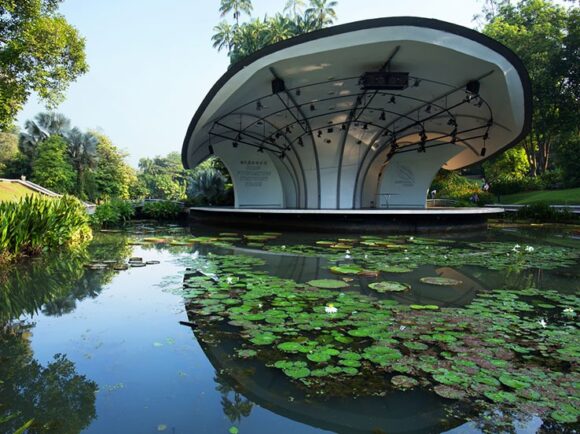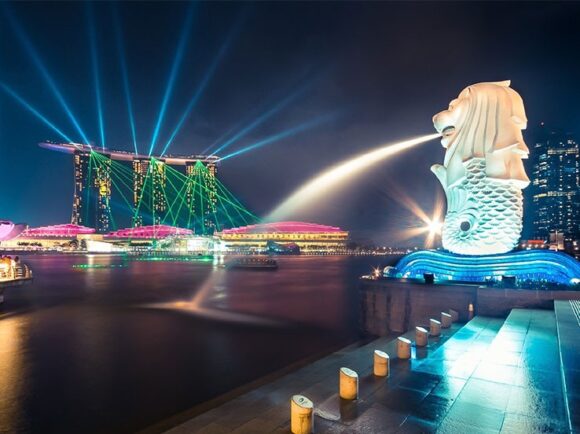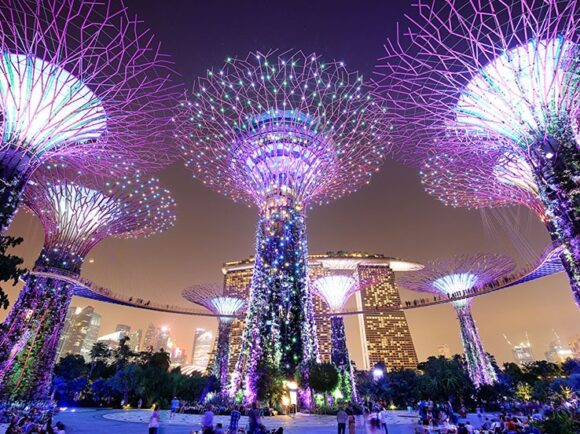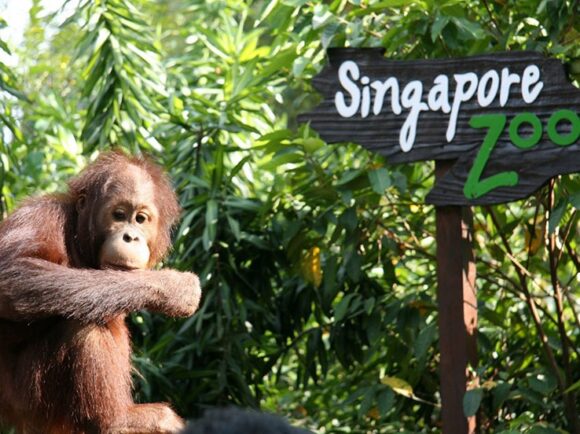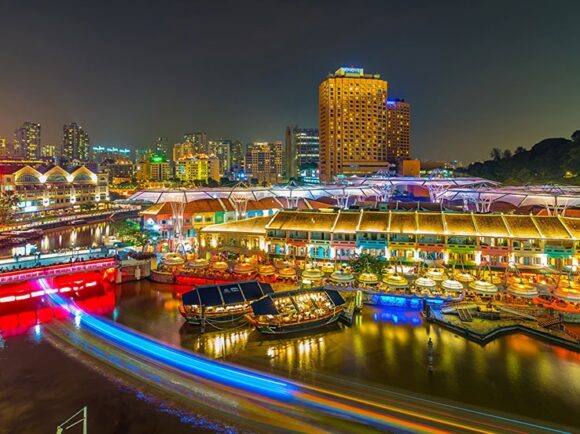Chinatown
Chinatown is one of Singapore’s most historically and culturally significant districts. Established under the Raffles Town Plan (also known as the Jackson Plan), the area southwest of Singapore River became home to Chinese migrants, a place of commerce, clan associations, and cultural institutions for Chinese migrants in Singapore, eventually growing into the area we now know as Chinatown. As time went on and Singapore developed into the city-state it is now, Chinatown grew from a racial enclave into a vibrant hub, best known for its shophouse-lined streets, traditional markets, and religious landmarks, including Thian Hock Keng Temple and Sri Mariamman Temple.
In recent times, Chinatown has undergone significant changes due to urban redevelopment, heritage branding, and gentrification. While state-led conservation policies have ensured the preservation of much of its historical architecture, the district has seen rising property values, demographic shifts, and a general shift toward tourism-based economic activities. Today, Chinatown functions as both a heritage attraction and a commercial hub, raising debates over how to balance cultural preservation with modernisation.

